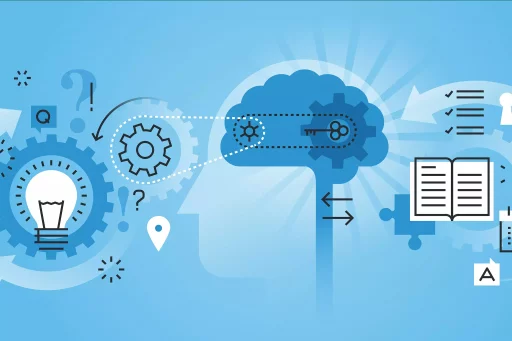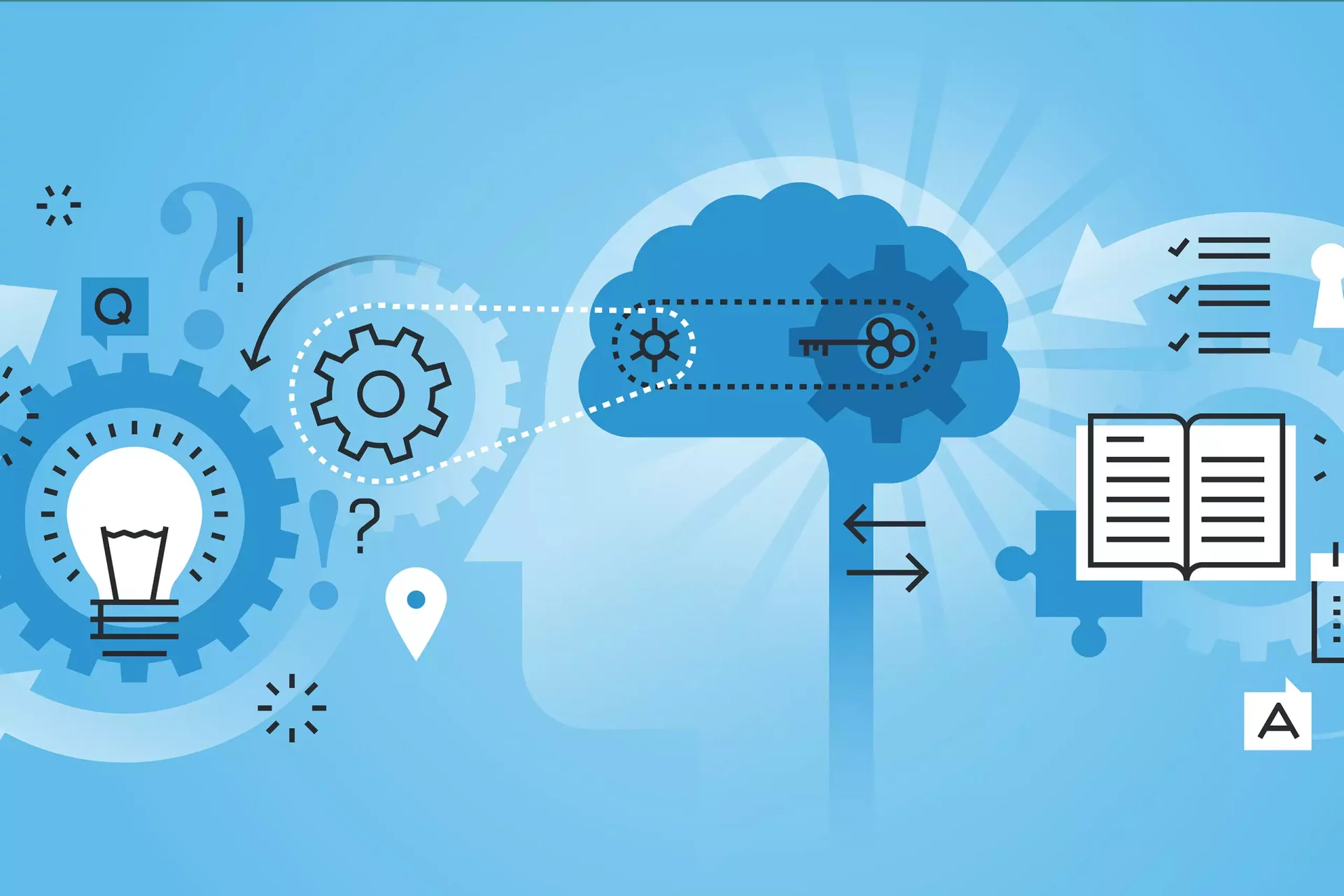Introduction to Mechanism
The term ‘mechanism’ is ubiquitous in many fields, including engineering, biology, and social sciences. In general, a mechanism refers to a system of parts that work together to produce a specific effect or function. This article delves deeper into the definition of mechanisms, their types, examples, case studies, and more.
Defining Mechanism
At its core, a mechanism is a structured sequence of events or processes that are interrelated in such a way that together they achieve a particular outcome. In mechanical contexts, it typically refers to a set of parts that operate together to allow machines to function. On the other hand, in biological contexts, it may refer to biochemical pathways that produce physiological effects.
Types of Mechanisms
- Physical Mechanisms: These are tangible and mechanical in nature, such as gears in a clock.
- Biological Mechanisms: These refer to processes in living organisms, such as the cellular respiration mechanism.
- Psychological Mechanisms: These include cognitive processes that influence behavior, such as decision-making models.
- Social Mechanisms: These are pathways through which social processes occur, such as peer influence in social networks.
Examples of Mechanisms
To elucidate the concept, let’s examine some examples from different domains:
- Mechanical Engineering: A bicycle’s transmission mechanism allows the rider to convert pedaling motion into rotational motion of the wheels.
- Biochemistry: The mechanism of enzyme action involves substrates binding to enzymes, facilitating biochemical reactions.
- Psychology: The reward mechanism in reinforcement theory describes how behaviors are influenced by rewards.
- Political Science: Electoral mechanisms determine how votes are counted and how winners are decided in elections.
Case Study: The Mechanism of Antibodies
In the realm of biology, investigating the immune system provides an excellent case study on mechanisms. Antibodies are proteins produced by the immune system to identify and neutralize foreign objects like bacteria and viruses. The mechanism of antibody action goes through several stages:
- Binding: Antibodies bind to specific antigens on the pathogen.
- Neutralization: This binding neutralizes the pathogen’s harmful effects.
- Activation: The binding triggers other immune responses, such as activating the complement system.
This sophisticated mechanism showcases how various components of the immune system collaborate to protect the body from disease.
Statistics on Mechanisms
Understanding the prevalence and criticality of mechanisms can also be quantified through statistics. For example:
- According to the American Society of Mechanical Engineers, over 80% of mechanical failures are due to design flaws in mechanisms.
- A study published in the Journal of Biological Chemistry indicated that more than 60% of the drug targets work through specific biological mechanisms.
These statistics underscore the necessity of understanding mechanisms in ensuring effective designs and successful interventions.
Conclusion
Mechanisms are fundamental to various functions across disciplines. Understanding their definitions, types, and applications can enable us to design better systems, create more effective treatments, and improve our understanding of complex processes. Whether in engineering, biology, or social sciences, mechanisms shape the way we comprehend and interact with the world around us.





